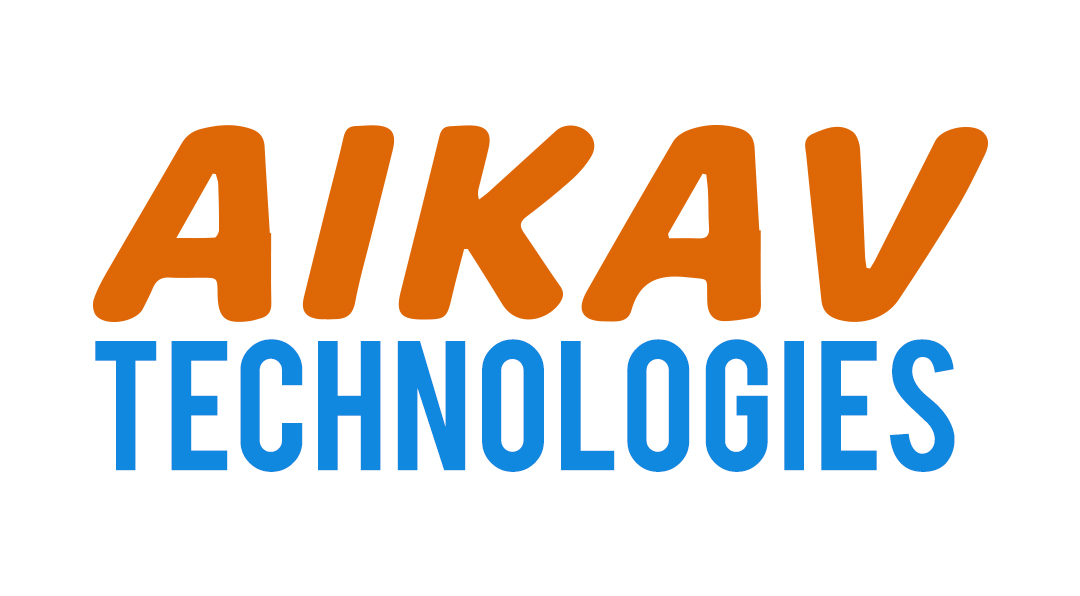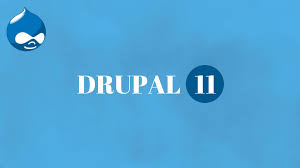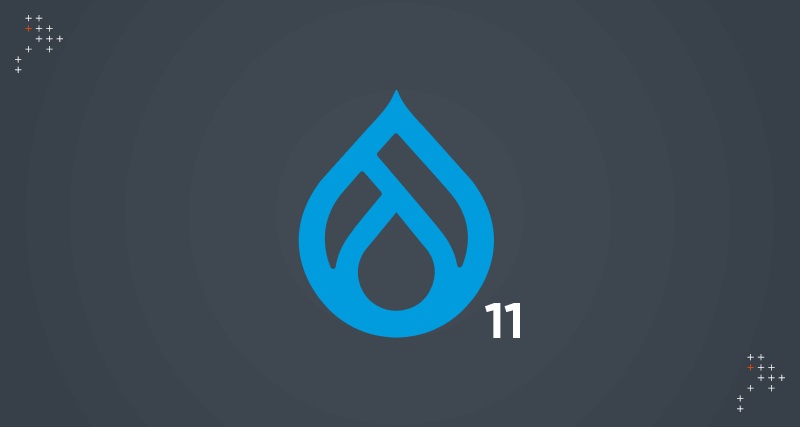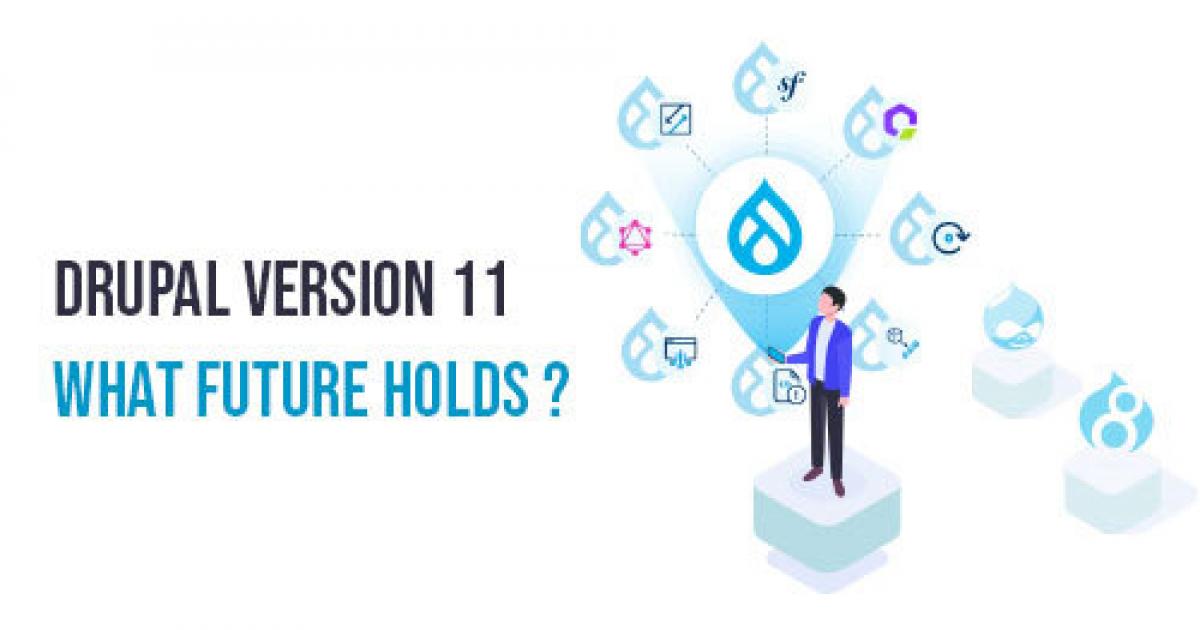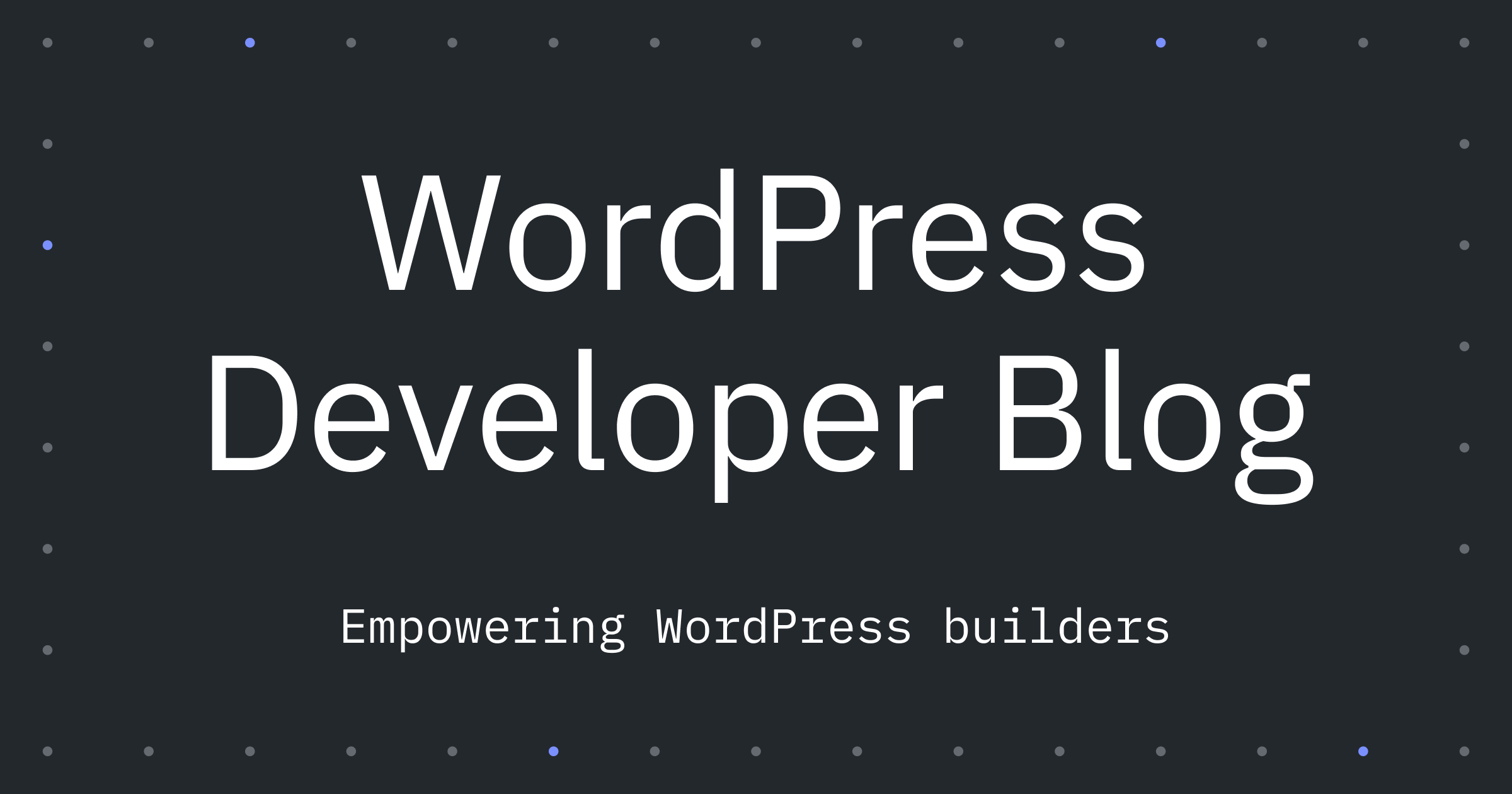
WordPress 6.7 is scheduled for release on November 12, just days away. Now is the perfect time to review the latest updates across Core, WordPress Playground, Gutenberg, and the Dev Notes for this upcoming release.
This post provides a summary of development-related changes from the past month, including finalized features for WordPress 6.7, new functionality in Gutenberg, and updates to WordPress Playground. Items specific to the 6.7 release are marked for your convenience.
As always, be sure to test these changes with the latest WordPress trunk and the Gutenberg plugin (currently version 19.6.1). These monthly roundups are designed to keep you informed and prepared for the newest WordPress features. Additionally, I recommend checking last month’s post for further insights into what’s coming in WordPress 6.7.
Experimental inline comments
The third phase of the Gutenberg project focuses on collaboration, aiming to create a more intuitive way for multiple authors to co-author content in WordPress. A key feature of this initiative is inline commenting, which enables authors to review and provide feedback on content before it’s published.
In Gutenberg 19.6, inline commenting is now available as an experimental feature. To try it out, go to Gutenberg → Experiments in the WordPress admin and enable the "Block Comments" checkbox. Please note that, for now, comments can only be added to blocks within unpublished pages and posts.
You can track the development of this feature through the ongoing issue or review previous work in the original pull request. Testing and feedback are encouraged.
Introducing the WordPress.org Experiments plugin

A new plugin, WordPress.org Experiments, allows contributors to test experimental features before they are integrated into WordPress Core. The first feature available is Plugin Closure Reasons, which adds a notice under each closed plugin on the Plugins page within the WordPress admin. This notice informs site owners when plugins they are using have been closed in the WordPress.org Plugin Directory, including reasons such as abandonment, author-requested removal, security concerns, or other factors.
This feature has been in high demand for years, and you can follow its development through the Trac ticket, which dates back over a decade.
New Block Type Registration APIs
WordPress 6.7 introduces a new function, wp_register_block_metadata_collection(), designed to help plugins load block types more efficiently. This is especially useful for plugins that include multiple blocks. While WordPress Core gained optimized block loading with WordPress 6.1, this functionality is now available to plugins as well, improving the speed at which blocks are registered and enhancing site performance.
For developers working with multi-block plugins, be sure to review the official Dev Note for full details.
WordPress Playground
WordPress Playground has seen exciting updates:
- A CORS Proxy is now available at playground.wordpress.net, allowing direct file loading from Git repositories via the
git:directoryresource. - Browser support for cURL has been added, making it easier to showcase plugins that rely on cURL for integration. This also allows the cURL function to be used in the runPHP blueprint step.
- With the launch of the multi-site feature, the Playground team has begun work on a new project: Using Playground for Data Liberation. More details can be found in their GitHub announcement.
- After WordCamp Europe, the team explored renaming "Blueprints" to something more playful. However, after polling, "Blueprints" remained the preferred term for Playground configuration files. You can explore Blueprints and create your own by checking the Playground documentation and the Blueprints Gallery.
Additionally, four new examples have been added to the Blueprints Gallery:
- Feed Reader with the Friends Plugin: This blueprint turns Playground into an RSS and ActivityPub reader by installing the Friends plugin.
- Create Block Theme: A blueprint for creating a new theme or building on an existing one using the Create Block theme plugin.
- Use WPGraphQL to Query WordPress: This blueprint installs the WPGraphQL plugin, allowing users to explore GraphQL queries and the schema.
- Demo of the Twenty-Twenty-Five Theme: Showcases the default theme with a magazine-style homepage and featured posts.
Plugins and Tools
Block Bindings API Updates
Recent updates to the Block Bindings API include:
- Block bindings can now be used on the Widget screen (both in the Block-based Widgets Editor and the Customizer).
- The
useBlockBindingsUtilsfunction now acceptsclientIdas a parameter. - When a block is registered on both the server and client, the client-side label takes precedence.
- If the
srcattribute of an Image block has a binding but no value, the image will no longer be rendered.
For further details, check out the official Dev Note.
Interactivity API Updates
Development of the Interactivity API continues, with significant progress on the experimental full-page client-side navigation feature in Gutenberg 19.5. This feature allows smooth transitions between pages while preserving the application's state. For updates, follow the tracking issue on GitHub.
Plugin Template Registration API Updates
WordPress 6.7 introduces updates to the Plugin Template Registration API, which allows plugins to register block templates. The functions register_block_template() and unregister_block_template() now adhere to WordPress's naming conventions (the wp_ prefix has been removed in Gutenberg 19.5 and WordPress 6.7). If you're using this API, double-check your function names to ensure they comply with the new standards.
Refining Zoom Out Mode
As highlighted in last month’s roundup, WordPress 6.7 introduces Zoom Out mode, and ongoing work in Gutenberg is refining this feature:
- Zoom Out now disengages when the editing mode is changed.
- Scaling issues when entering Zoom Out mode have been fixed.
- A keyboard shortcut (
⇧⌘0) can now toggle Zoom Out mode. - Double-clicking a template while in Zoom Out mode resets the zoom level instead of showing a dialog.
- Pressing Enter in Zoom Out mode now resets the zoom level.
Feedback is encouraged, so test your plugins and themes with this mode and report any issues in the Gutenberg repository.
isPreviewMode Flag Stabilization
The isPreviewMode flag, which allows developers to detect when the editor is in preview mode (e.g., previewing a pattern or block), is now stabilized. This is particularly useful when rendering blocks differently in preview mode versus active editing.
For example, a block displaying a map might show a static image in preview mode for performance reasons, while the full interactive map is rendered in the editor.
Component Updates
Several Core components received minor updates in recent Gutenberg releases:
- Combobox, FormTokenField: These components can now display a message when no matches are found.
- DropdownMenuV2: This experimental component has been renamed to Menu, a step toward stabilization in future releases.
You can explore all WordPress components in Storybook.
Tooling Updates
Enhancements to the create-block and wp-scripts packages include:
- create-block now supports a
--target-dirflag, allowing you to specify the directory where the plugin or block should be scaffolded. - wp-scripts now includes a
build-blocks-manifestcommand and a--root-folderargument for theplugin-zipcommand.
Themes
Compatibility with Zoom-Out Mode
WordPress 6.7 introduces Zoom-Out mode, which lets users quickly place patterns on a page. When enabled, blocks outside the "main content" area are not editable. Themes should ensure their templates include a single <main> tag to ensure proper functionality, especially for block themes.
Query Loop Block Changes
The Query Loop block in WordPress 6.7 sees several updates:
- Controls for setting the number of items, offset, and max pages are now located in the block Inspector sidebar, making them easier to discover.
- When the Query Loop block is inserted into a single post, page, or custom post type, the Query Type control will no longer appear. Instead, a custom query of posts will be displayed by default.
- A new filter is available to query posts by post format.
Block Library Enhancements
WordPress 6.7 introduces a human-diff date format for the Post Date and Comment Date blocks, displaying how long ago a post or comment was made (e.g., "3 hours ago" or "10 minutes ago").
Editable Font Size Presets
WordPress 6.7 allows users to edit font size presets directly from the Styles panel in the Site Editor. Previously only editable via theme.json, this update gives users greater control over typography without needing to be developers.
Notable Bug Fixes
Several bugs related to theming were fixed in Gutenberg 19.5, including:
- The Embed block markup now matches the front-end output.
- A fatal error with the Post Terms block when
get_the_terms_list()returns a WP_Error instance has been resolved. - The Code block now renders correctly in right-to-left languages.
Resources
For developers, the Dev Notes for WordPress 6.7 are now available. You can find a full list of Dev Notes using the tag #dev-notes-6-7. These notes provide detailed technical information on new functionality and features.
